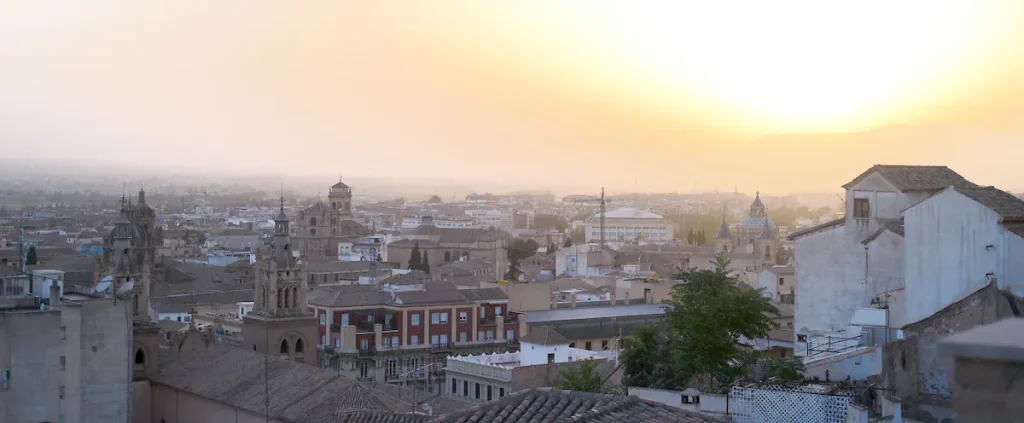
GRANADA, SPAIN | Narrow streets, small windows, thick walls and interior gardens: even though it was built 800 years ago, this old neighborhood in Granada, Spain, is better equipped to withstand global warming than the cutting-edge technology of slender modern buildings.
• Also Read: European heat wave: Evacuees fear it’s just the beginning
“It is like a snake biting its own tail. Here, today’s structures use air conditioning to cool, which contributes to global warming, but we can be inspired to build better adapted houses from older structures,” says Blanca Esperazes, a visiting Andalusian architect. News magazine Streets of Granada.
For several weeks, Spain has been sweltering with temperatures approaching or exceeding 40°C depending on the region. In the south of the country, in Andalusia, the mercury has reached 45°C several times.
But despite the scorching sun and extreme heat, some neighborhoods look better for the way they were built and designed 800 years ago.
When you stroll the streets of the Albaicin district of Granada in the south of Spain, you immediately feel that it is cooler than in the city center. However, less than a kilometer separates the two districts.
“It’s easily 5 to 10 degrees cooler here than in the center of Granada,” the architect points out.
Adapted architecture
To avoid overheating during extreme heat, Mediterranean streets and houses like the one here in Albaicin are built with common sense to naturally adapt to the hot and dry climate, Ms. Espirages said.
Narrow streets allow air to circulate and create currents. The walls of the house are one meter thick and covered with lime to prevent heat from entering. Green spaces in gardens or courtyards control the climate at home.
If these constructions seem to be the solution for the future generations while the temperatures are only increasing year by year, Ms. Espiraz knows very well that there will be no change if the government does nothing.
“Unfortunately, it’s easy to build massive buildings that rely on technology like air conditioning without rethinking our structures,” she lamented.
Also in Quebec
Without having the same climate as Andalusia, we also have to rethink the way we build our houses in Quebec, especially by using renewable and renewed resources such as wood and better insulating the houses, underlined André Cassault, professor at the School of Architecture of Laval University.
“There are lessons to be learned from past structures, but you still have to tell yourself that the context is very different and you have to adapt,” he explained.
– In collaboration with Nora T. Lamontagne
Small windows to combat the heat
Small windows prevent too much light and heat from entering the house. So it stays fresh. In the evening, when the temperature becomes more pleasant, residents of these houses that do not require air conditioning can open their windows to circulate the air. “People who have interior courtyards can have more ventilation with this system,” says Spanish architect Blanca Espigares.
Inland islands of freshness
The Carmen, houses in the Albaicin neighborhood of Granada often have one or sometimes several interior courtyards. These “rooms” allow you to create a real island of freshness for your home.
“Thanks to the water point and the plants, it really helps regulate the temperature. You can choose a tree with lots of leaves to have more shade in the summer and lose its leaves to have more sunlight in the winter, for example, says Spanish architect Blanca Espigares.
By opening windows facing these courtyards, the house can be ventilated with fresh air.
Walls about a meter thick
With a thickness of 80 centimeters and sometimes up to 1 meter, the walls can absorb heat before it reaches the interior of the house, “making it possible to keep a good temperature,” explained Spanish architect and guide Blanca Espigars. Andalusia, Spain. Also, the buildings are covered with lime, a product unique to Granada, which thanks to its white color reflects light and therefore does not store heat.
Tired afternoons
In Granada, the heat is hard to bear, especially in the afternoon.
At 4pm, the city center recorded 41°C. As soon as she set foot in the city last week, our reporter immediately felt it.
It was the second hottest day she had ever encountered, despite several days of reporting in burning Europe. Only his time in Madrid was lukewarm.
“That’s why we sleep here!” The heat makes us tired! Blanca Espigars explains.
“This is why Spaniards take advantage of the lateness of the day by going to dinner at 9pm,” she adds.
“If we don’t manage ourselves in the heat, we can’t do anything,” she adds.
Narrow streets for fresh air
In the Albaicin district of Granada, Spain, the streets are very narrow. Built in 13e century, these streets bring freshness by letting the wind blow through them. The narrowness also makes it possible to protect from the sun, because at almost all hours of the day, shade is provided thanks to the buildings.

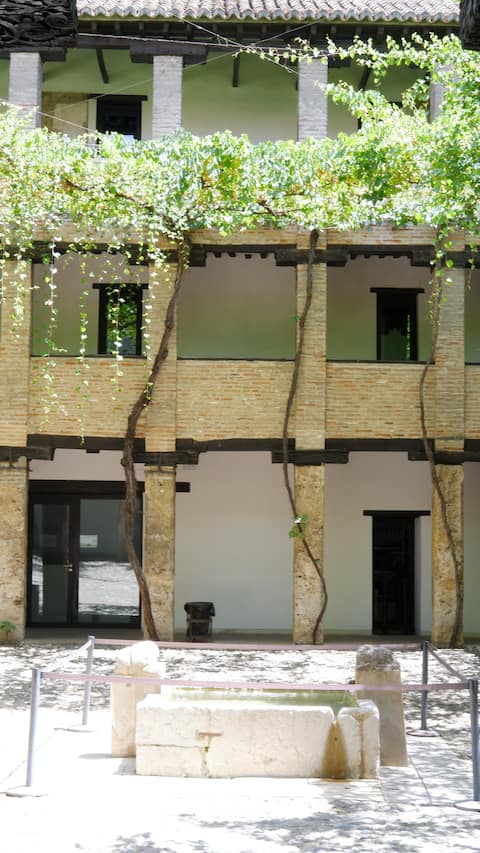
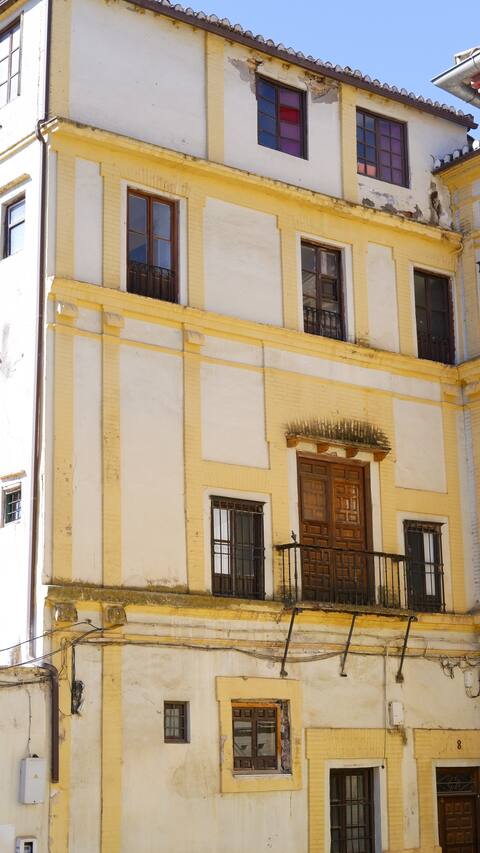
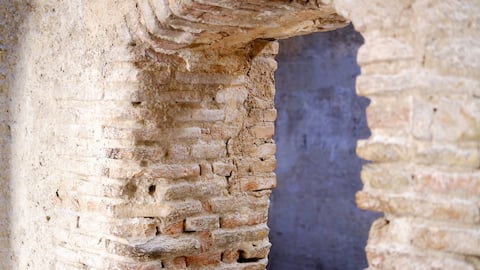
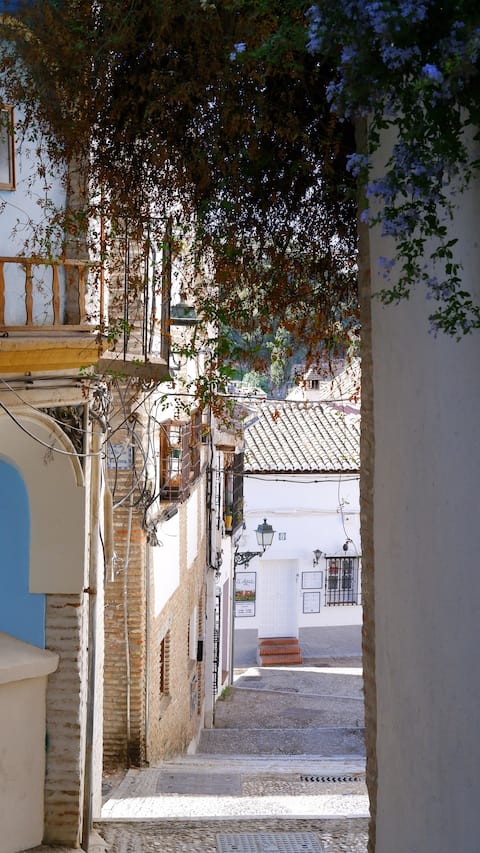

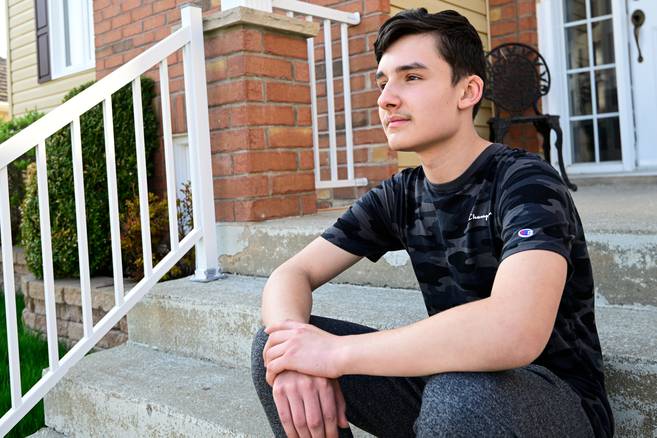
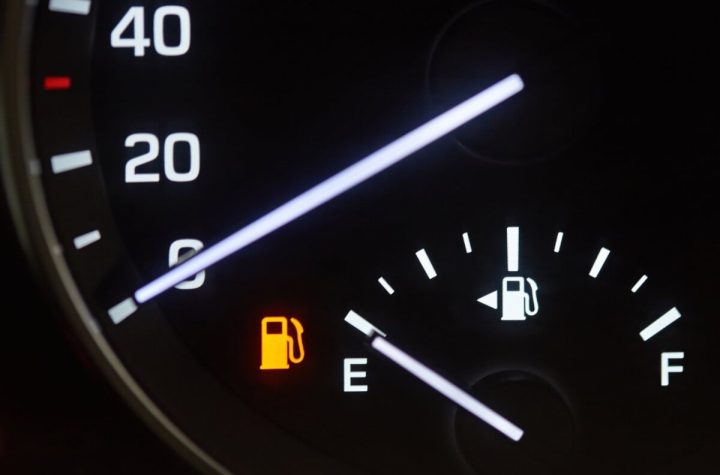
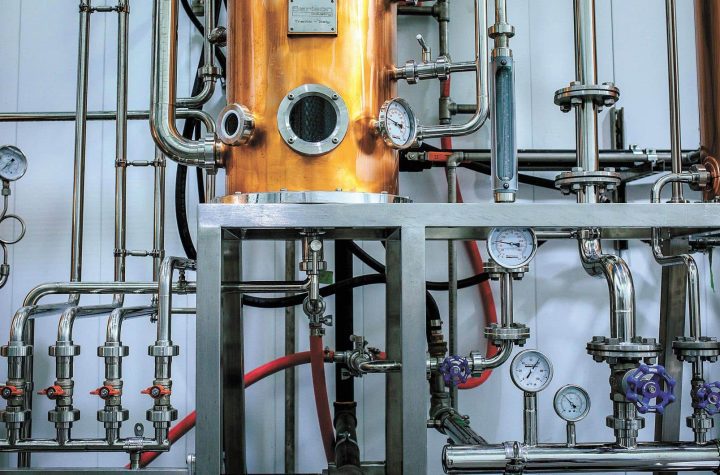
More Stories
Allegations of corruption Qatar warns of ‘negative impact’ of European measures
USA: Famous “Hollywood cat” euthanized in Los Angeles
The campaigner who called for the shooting of Ukrainian children has not been charged